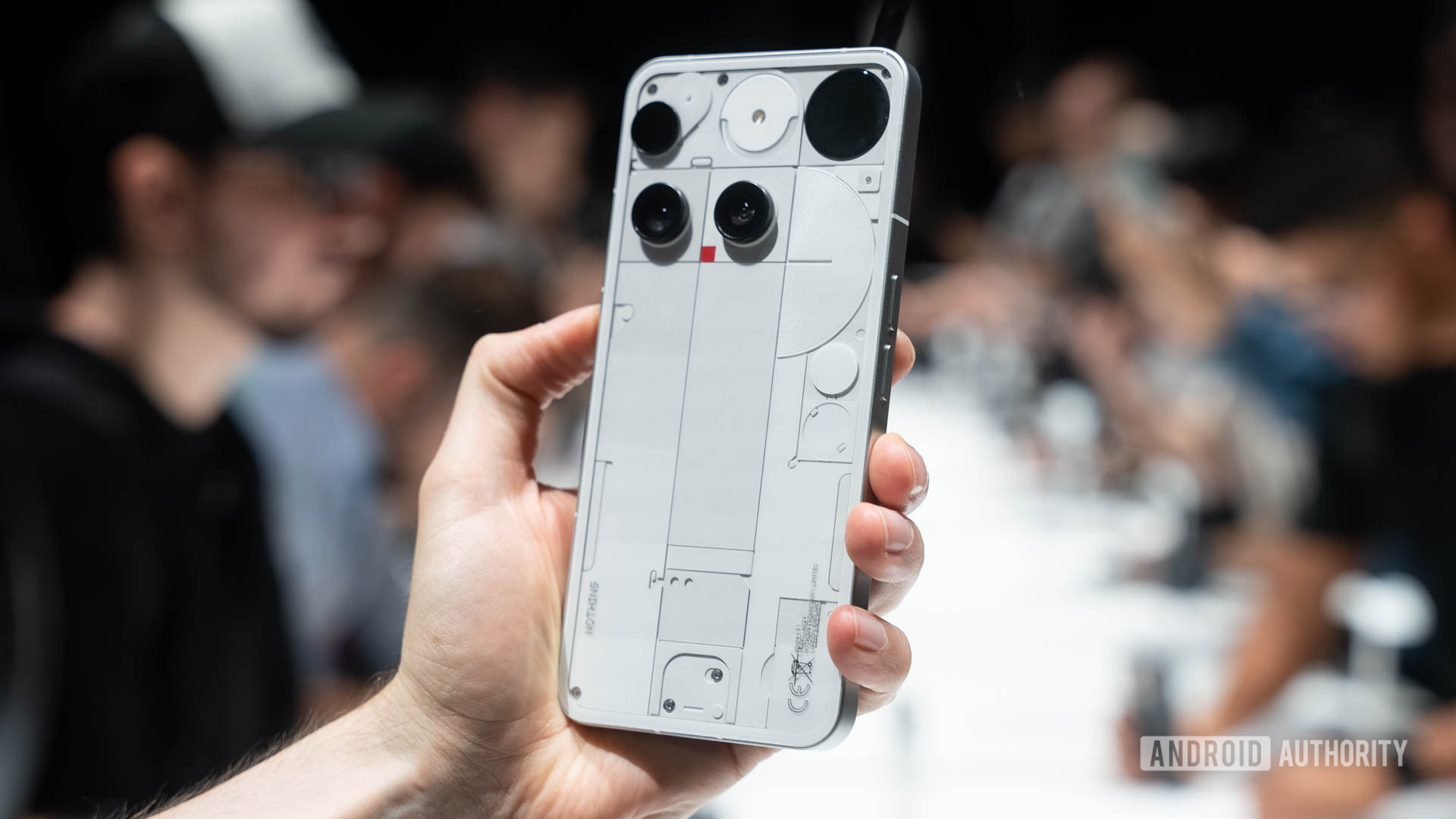Looking for a new monitor to pair with your PC? You might be stuck between OLED and IPS displays.
We’ve created this guide to address all of the common questions regarding OLED monitors, IPS monitors and how they compare. This includes explanations of how they work, along with how each handles image quality, HDR, input lag, response times and refresh rates.
Keep reading to discover how OLED and IPS monitors compare, or head straight to our best lists to discover the best monitors, 4K monitors, and gaming monitors we’ve tested. We’ve also shared a guide to OLED vs LCD if you’re looking to learn more about how these two display types compare.
What is an OLED monitor?
OLED (Organic Light Emitting Diode) is a type of display technology that consists of many self-illuminating pixels. This means that every single pixel on the display is capable of producing its own light.

One of the biggest benefits to this technology is black levels, with each pixel able to switch itself off completely when needed. The same goes for contrast, allowing for bright highlights and deep shadows, while the pixel-level control allows for faster refresh rates and reduced input lag, both of which are especially useful for gamers.
OLED displays also produce vibrant colours and allow for wide viewing angles when watching with multiple people.
What is an IPS monitor?
IPS (In-Plane Switching) is a type of LCD display that consists of liquid crystals aligned in parallel. This display type was designed to offer better viewing angles and higher colour accuracy than existing TN (Twisted Nematic) displays.


IPS displays regularly hit 100% of the DCI-P3 colour gamut, while the improved viewing angles allow for multiple people to crowd around the screen without some experiencing a compromised performance.
OLED vs IPS image quality
IPS monitors simply cannot offer the same true blacks as OLED monitors can, resulting in a loss of details in the darkest parts of an image. This means that OLED displays will typically offer superior black levels and contrast.
IPS monitors can, however, be brighter and offer more accurate colours depending on the models you’re comparing. All of this comes in at a lower cost too, with OLED monitors being significantly more expensive than their IPS counterparts.
One important risk to highlight in relation to OLED monitors is their susceptibility to image retention or ‘burn-in’. This occurs when OLED monitors display the same picture for prolonged periods of time resulting in temporary or even permanent marks on the screen. Thankfully, burn-in is typically only a problem with older models, but it’s still something to be aware of when considering an OLED monitor.
You can also learn how to manage burn-in and image retention on OLED TVs with our guide.
OLED vs IPS HDR
The deep blacks offered by OLED monitors also lend this display type to HDR content as bright highlights can shine without being affected by the darker elements around them.
There’s more detail in shadows and no distracting blooming or striping surrounding brighter parts of the image or greying over of darker elements, both of which you might notice with an LCD display such as an IPS monitor.
Samsung Odyssey OLED G8 (OLED)
AOC Agon AG405UXC (IPS)
OLED vs IPS input lag
OLED displays typically suffer from lower input lag than IPS ones. OLED monitors can be more responsive to mouse clicks and key presses, making them often better-suited to competitive gaming, though this does always depend on the specific models you’re comparing.
OLED vs IPS response time
The same goes for response time. A faster response time helps to reduce motion blur and ghosting in fast-paced games and OLED monitors often come out on top in this area, offering significantly faster pixel switching.
Again, you’ll want to check the specific OLED and IPS models you’re considering.
OLED vs IPS refresh rate
A fast refresh rate is key for a smooth experience, whether that’s while playing games, streaming content or simply scrolling through documents and browsing the web.
This area will very much depend on the model you’re looking at. IPS monitors can range from 60Hz all the way up to a whopping 500Hz in some high-end monitors. The same goes for OLED panels, which typically start at 120Hz but have also been known to stretch to 500Hz in some models.
AOC Agon Pro AG276QZD (OLED)
Philips 27B1U7903 (IPS)
OLED vs IPS which is better?
OLED monitors are typically more expensive than IPS ones and offer significantly better black levels and HDR performance, as well as vibrant colours and generally better input lag and response times.
However, if you’re looking for a monitor that is cheaper and more durable, IPS models offer many of their own benefits, including higher brightness and accurate colours, without the risk of OLED burn-in.












